“I’m merely observing, in the peculiar, devious, and thought-experimental manner proper to science fiction, that if you look at us at certain odd times of day in certain weathers, we already are [androgynous].” (Ursula K. Le Guin, Introduction to The Left Hand of Darkness)
In order to separate the sexes, women alter their appearances. I like to think I’m a natural woman; however, I pluck and shape my eyebrows. I curl and paint my lashes, shave my armpits and occasionally my lower legs, and, now that I’m thirty-four, I even shave my upper lip with a special razor for women called Tinkle. I wear tight-fitting clothing without pockets, cut and pinched in areas and ways that signal to other humans that I am a female: female is not natural, she is created to look less human and more female.
The other day, my running partner and I stood in front of her house as the sun slowly brought color into the world after one of our runs; I mentioned women with hairy armpits and my friend’s immediate response was to shudder and say, “Ew.” Hair growing in armpits is ew? No, it’s natural. Human. Hairy armpits are not shudderingly disgusting, only women‘s hairy armpits elicit this type of response. Why? Why do we disgust each other when we don’t follow the rules of female appearance? Who made the rules?
Breanne Fahs had a similar question and performed empirical research that exposed women’s abhorrence toward female body hair and wrote an article with the brilliant title, “Perilous Patches and Pitstaches: Imagined Versus Lived Experiences of Women’s Body Hair Growth.” In the article, Fahs exposes the alarming truth that society is revolted by women’s underarm hair. Ultimately, my friend’s disgust toward women’s armpit hair is not unusual nor unprecedented.
In my search for answers, I found an advertisement circulated in the 1920s that marketed the new fashion rule for women: “The fastidious woman to-day must have immaculate underarms if she is to be unembarrassed.” In other words, all the cool women are shaving their underarms, so you should too. Or you’ll be embarrassed. The embarrassment of not fitting in, of not following the rules of what a woman looks like, has had powerful and lasting ramifications. It rewrote the definition of what a woman looks like. Embarrassment worked. It not only worked, it morphed into disgust. The 192os movement for women to shave their pits worked so well that almost every American girl who sprouts dark pubescent hairs in her armpits shaves them off before anyone sees them. It has become a weekly, mindless ritual. The rule became the norm.
This advertisement is fascinating because it exists. That it exists suggests that “immaculate underarms,” or shaved armpits for women is a taught fashion. If it is a taught fashion, it is a learned disgust. The disgust that appears visceral and instinctual was actually invented in the early 1900s by rebellious fashion gurus who were writing history. Women have always manipulated and even mutilated themselves for fashion, that we have become blind to it is worrisome.
Today there is a movement on social media where women post pictures of their long, dyed armpit hair: exposed, rebellious, colorful. Liberated. If in the 1920s, women shaved their armpits for fashion, for flapper style sleeveless dresses, now we are allowing it to grow freely and adding bold colors to draw attention to it. Hairless armpits were scandalous and only the most oppressed and religious women had hairy ones, are we seeing a change? Or are the bright blue, long underarm hairs a different version of the same thing?
In order to separate the sexes, women alter their appearances. Who are women? We aren’t that different from men, at least, not as different as we want to appear. We move as one collective self from one fashion to another, choosing different ways to differentiate ourselves from men. I don’t think it’s a bad thing, but I do think the disgust and the embarrassment are harmful, because hairy armpits or not, we are human.



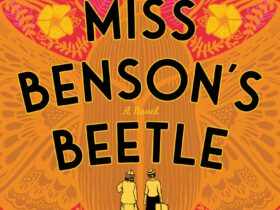


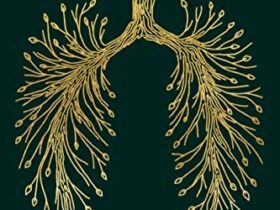


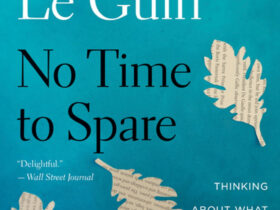
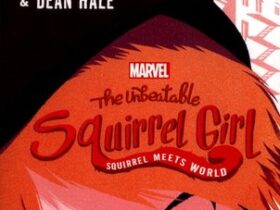









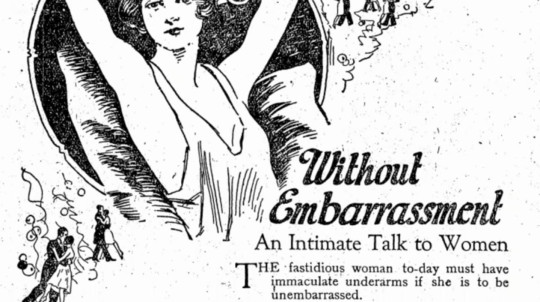





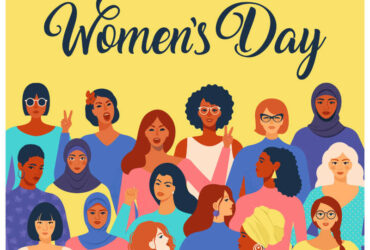

Leave a Reply